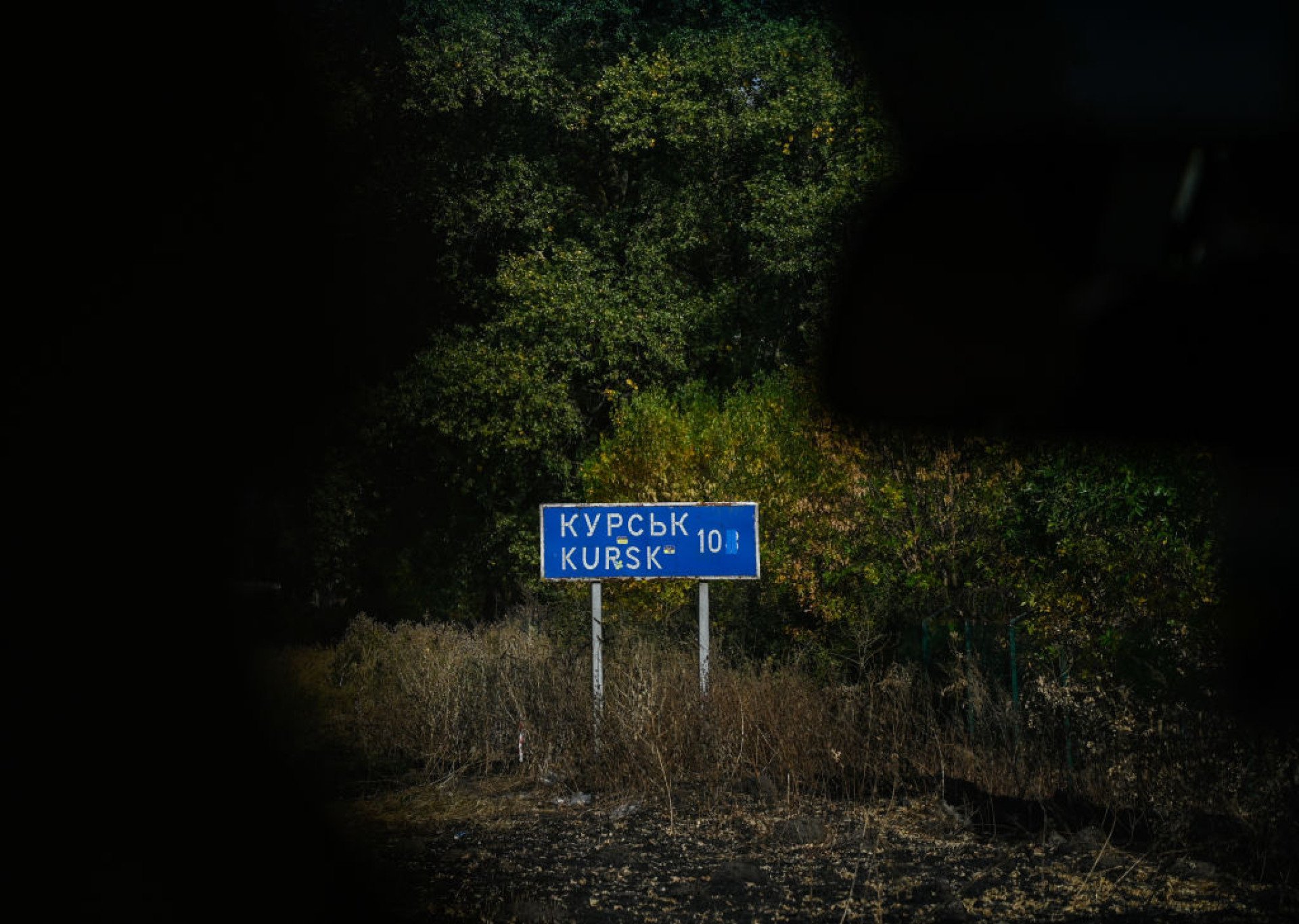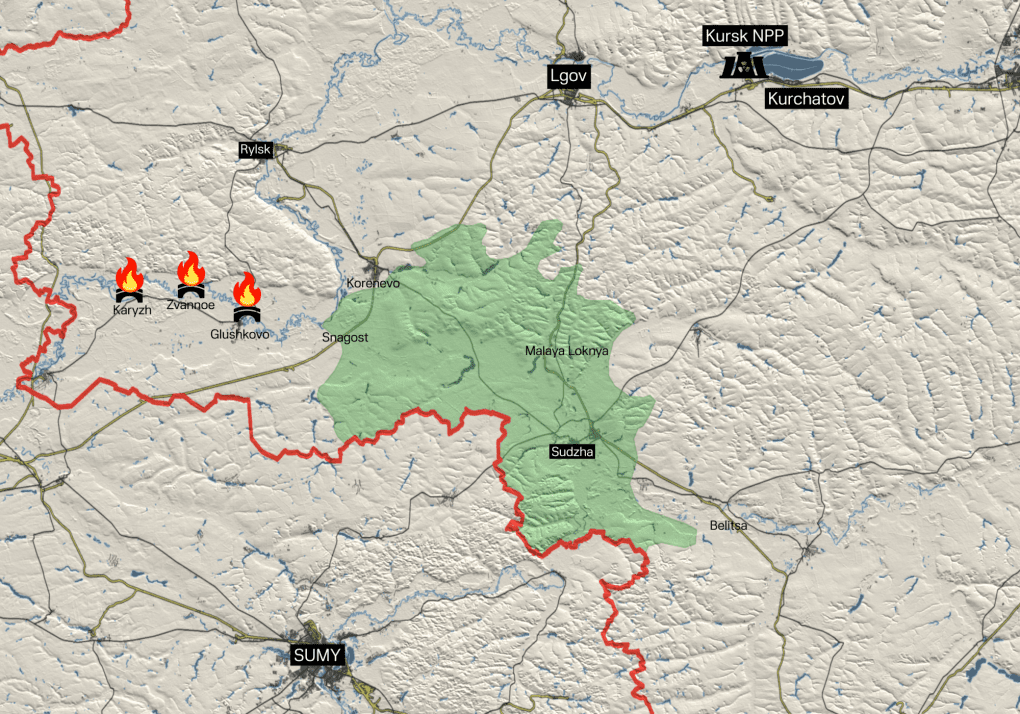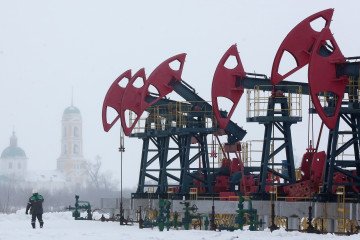- Category
- War in Ukraine
Ukraine’s Kursk Operation Three Months In. What Has Been Achieved?

Despite repeated attempts, Russian forces have failed to dislodge Ukrainian troops from their positions in Russia’s Kursk region. Now, North Korean troop reinforcements are on the horizon.
On the night of August 6-7, Ukrainian forces broke through Russian defenses in the Kursk region, marking a significant advance. In the weeks that followed, Ukraine seized more than 1,300 square kilometers of Russian territory. Initially, Ukrainian leadership kept details of the operation under wraps, withholding information about its objectives and strategic outlook. Now, three months in, Ukraine is speaking openly about its mission and the progress it has made.
To recap, Ukrainian operation in Kursk aimed to prevent Russian forces from organizing an assault on Ukraine’s Sumy region. In May 2024, Russia launched a new offensive in the Kharkiv region, which Ukrainian defenses managed to halt. Sumy was next on Russia’s list. Ukraine’s advance effectively countered this. By seizing border areas, Ukraine also pushed back Russian aviation and artillery from the border, reducing shelling of the region. Additionally, Ukraine moved the war onto Russian soil, forcing Russia to divert reserves to another front.
“Western media said that we are trying to occupy some plants, some energy systems, (Kursk) Nuclear Station,” said Ukrainian President Volodymyr Zelenskyy in one of his addresses, stressing that Ukraine’s Armed Forces could have taken control of the Kursk Nuclear Power Plant, one of Russia’s largest, but chose not to and never intended to. “We didn’t even try,” he said.

Ukraine has held nearly all the ground captured in the past three months, with around 1,000 square kilometers of the Kursk region’s territory remaining under Ukrainian control. Russia is now fighting on its own soil for the first time since 1941 when German forces advanced toward Moscow.
Russian casualties
Commander-in-Chief of Ukraine’s Armed Forces, Oleksandr Syrskyi, summarized Russian losses after three months of the operation in early November:
7,905 soldiers killed
12,220 soldiers seriously wounded
717 Russian soldiers captured
659 vehicles destroyed
54 tanks, 276 armored fighting vehicles, 107 artillery guns, and mortars lost
In total, Russia has lost around 20,000 soldiers and over 1,000 vehicles and equipment in the region.
As of early November, Russian forces in the region number around 45,000 troops, yet they have been unable to dislodge Ukrainian units from their positions despite having a numerical advantage in both soldiers and equipment, said Syrskyi.
North Korea backing Russia’s war
Ukraine anticipates a boost in Russian troop numbers in the Kursk region soon. Intelligence reports indicate that Russia plans to deploy forces from one of its key allies, North Korea, to this front.
Up to 13,000 North Korean soldiers are under consideration. Currently, these troops are undergoing training at Russian military grounds and are coordinating with Russian units, including working with translators, as language barriers pose a major challenge to synchronizing forces.
By November, Ukraine expects North Korean soldiers to be sent to the Kursk region, joining the Russian forces there. North Korea has also supplied Russia with millions of shells and hundreds of ballistic missiles.
What’s next for the Kursk region?
The Ukrainian government and General Staff have not disclosed their next steps in the Kursk direction. For now, the Ukrainian Armed Forces maintain their presence in the region.
-29a1a43aba23f9bb779a1ac8b98d2121.jpeg)
-6359eca46c72bde40a90abaaadd6eaa8.png)


-206008aed5f329e86c52788e3e423f23.jpg)
